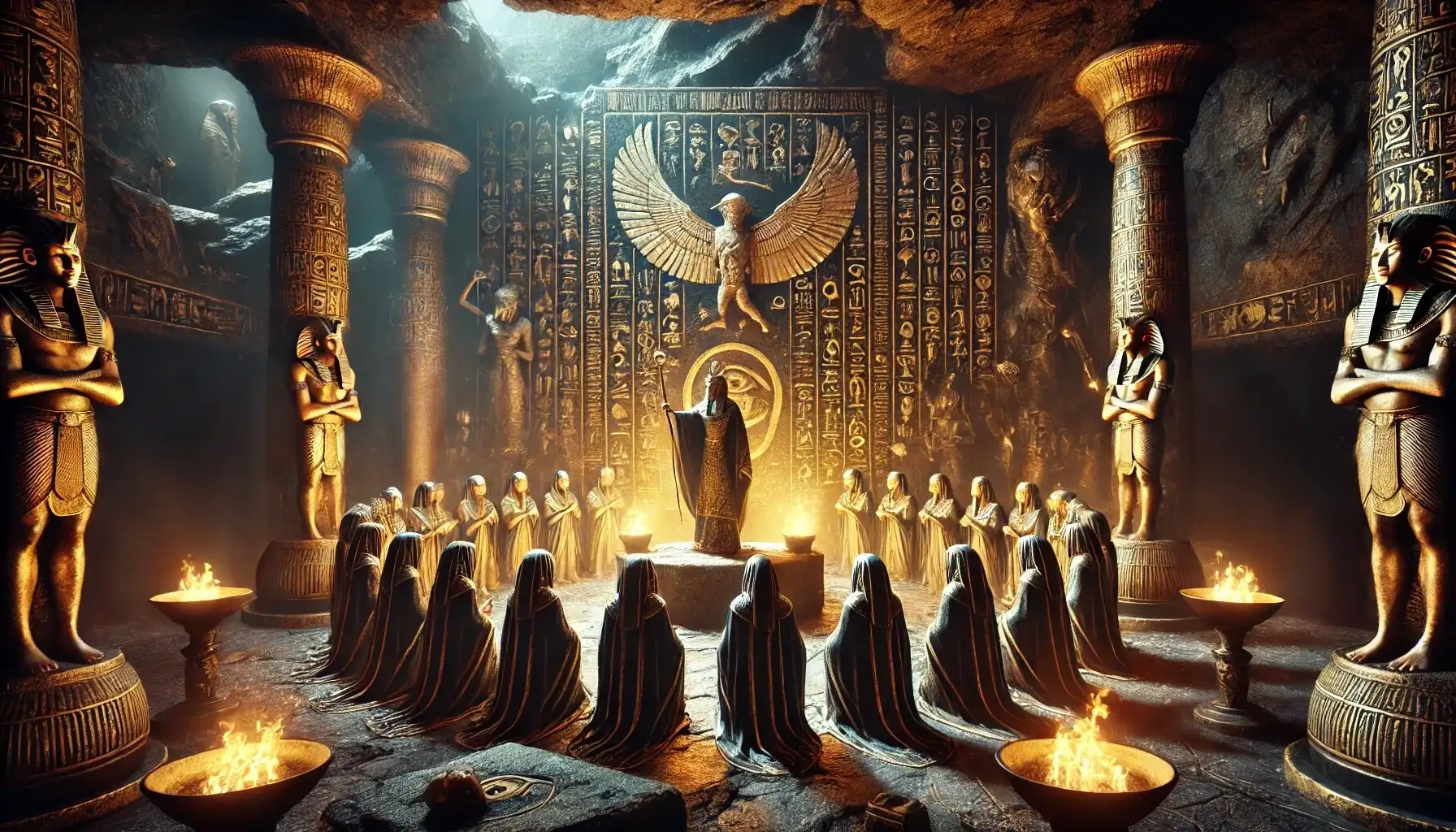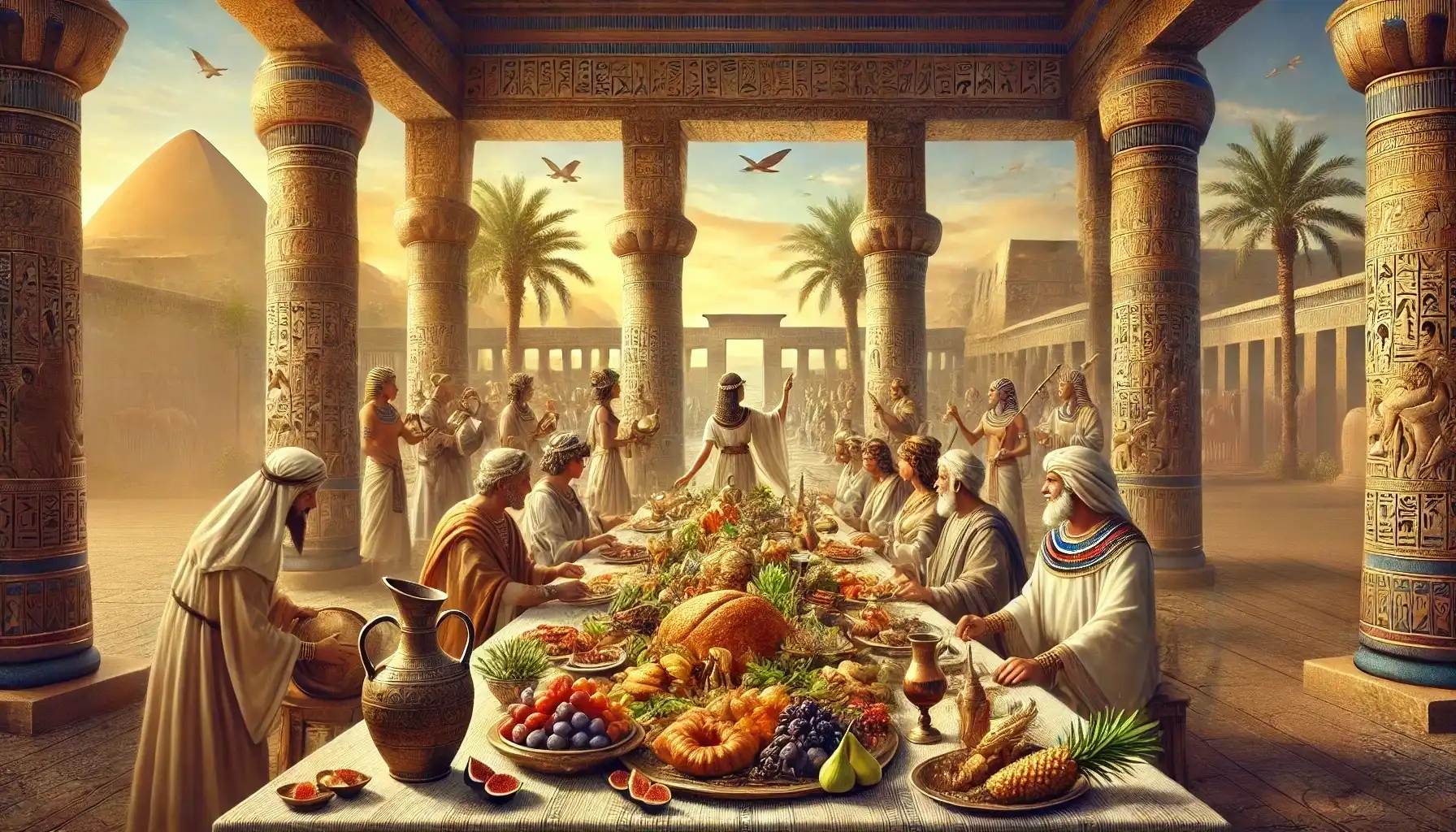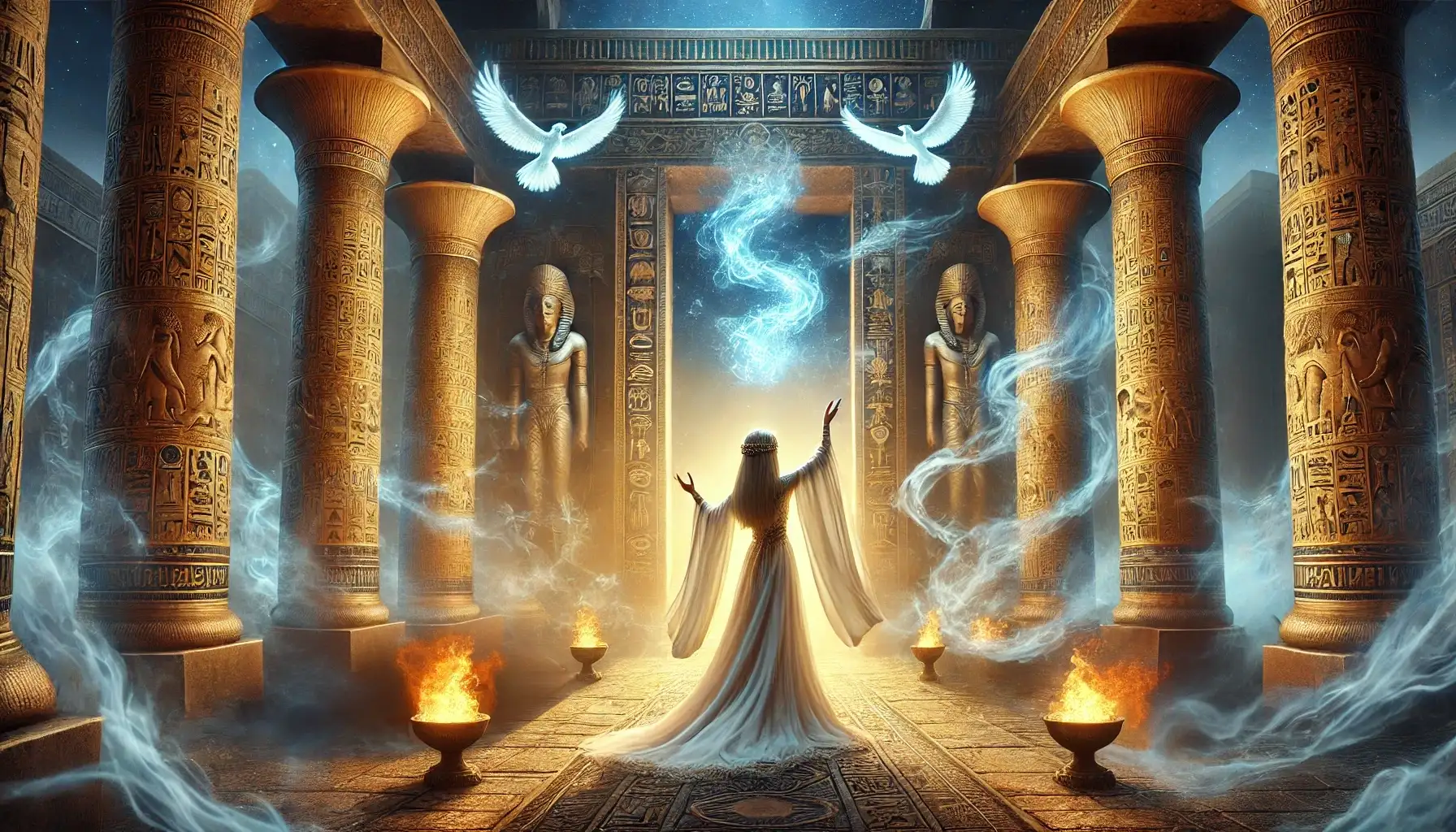The Allure of the Hidden: Egypt’s Secret Societies
Beneath the golden sands of Egypt, where the Nile’s life-giving waters meet the desolate expanse of the desert, lies a world shrouded in mystery. While the grandeur of pharaohs and the majesty of pyramids dominate our imagination, another layer of Egyptian civilization thrived in the shadows—secret cults that wielded immense spiritual and political power. These clandestine groups, often operating in the margins of history, were the keepers of esoteric knowledge, the guardians of forbidden rituals, and the architects of a hidden world that shaped the destiny of ancient Egypt.
Unlike the public-facing temples and state-sanctioned priesthoods, these cults existed in the liminal spaces of society. They were the whispers in the dark, the flicker of torchlight in underground chambers, and the silent hands that moved the gears of power. To understand them is to peer into the soul of a civilization that revered the unseen as much as the visible.
The Divine and the Forbidden: Origins of Egyptian Secret Cults
The Birth of Esotericism in Ancient Egypt
The roots of Egyptian secret societies stretch back to the dawn of the civilization itself. In a world where the divine and the mortal were deeply intertwined, the pursuit of hidden knowledge was not merely an intellectual endeavor but a sacred duty. The earliest cults likely emerged from the need to preserve and protect sacred rituals and texts that were deemed too powerful for the uninitiated.
The Pyramid Texts, inscribed within the tombs of the Old Kingdom pharaohs, are among the earliest records of such esoteric practices. These texts, filled with spells and incantations, were not meant for public eyes. They were the exclusive domain of the priesthood and the elite, a secret language meant to guide the pharaohs through the perilous journey to the afterlife.
The Role of the God Thoth
Central to the ethos of these secretive groups was the god Thoth, the divine scribe and keeper of wisdom. Often depicted as an ibis-headed figure, Thoth was believed to have authored the sacred texts that contained the secrets of the universe. His followers, the scribes and priests, were the custodians of this knowledge, passing it down through generations in carefully guarded initiations.
Thoth’s association with the moon—a celestial body that waxes and wanes in cycles—symbolized the duality of knowledge: what is revealed and what remains hidden. This duality became the cornerstone of the cults’ philosophy, shaping their rituals and their role in society.
The Hidden Hand: The Political Power of Secret Cults
The Cult of Amun and the Rise of Thebes
One of the most influential secret societies in ancient Egypt was the Cult of Amun. Originating in Thebes, this cult began as a local religious group but grew to wield unprecedented political power. By the New Kingdom period, the high priests of Amun were virtual kingmakers, their influence rivaling that of the pharaohs themselves.
The cult’s rise was not merely a matter of spiritual authority. It was a calculated ascent, fueled by strategic alliances, control over vast temple estates, and the manipulation of religious doctrine. The pharaohs, eager to legitimize their rule, often claimed divine favor from Amun, further entrenching the cult’s power.
The Shadowy Influence of the Osirian Mysteries
While the Cult of Amun operated in the public eye, other groups thrived in deeper secrecy. The Osirian Mysteries, centered around the god Osiris, were among the most enigmatic. These rites, which reenacted the death and resurrection of Osiris, were believed to grant initiates immortality.
The mysteries were not just spiritual exercises; they were also tools of social cohesion and political control. By restricting access to these rituals, the cults created an elite class of initiates who were bound by shared secrets and mutual loyalty. This exclusivity made them powerful allies—or dangerous enemies—for the ruling class.
Rituals and Revelations: The Inner Workings of Secret Cults
The Initiation Process
Becoming a member of an Egyptian secret cult was no simple feat. The initiation process was a grueling journey of physical, mental, and spiritual trials. Candidates were often required to undergo purification rites, fasts, and symbolic deaths and rebirths. These rituals were designed to strip away the initiate’s former identity and prepare them for the reception of sacred knowledge.
One of the most vivid accounts of such an initiation comes from the Greco-Roman period, where the philosopher Apuleius described his own experience in the cult of Isis. His narrative, though embellished, offers a glimpse into the transformative power of these rites.
The Power of Symbols and Secrecy
Symbolism was the lifeblood of the cults. Every gesture, every word, and every object used in their rituals carried layers of meaning. The ankh, the djed pillar, and the eye of Horus were not mere decorations; they were keys to unlocking the mysteries of the universe.
Secrecy was equally crucial. The cults operated on a need-to-know basis, with knowledge fragmented among different levels of initiates. This ensured that no single individual could possess the entirety of their secrets, safeguarding the cult’s power and longevity.
The Legacy of the Shadows: Echoes in Modern Times
The Influence on Western Esotericism
The legacy of Egyptian secret cults extends far beyond the banks of the Nile. During the Hellenistic period, the fusion of Egyptian and Greek traditions gave rise to Hermeticism, a philosophical and spiritual movement that would profoundly influence Western esotericism. The Hermetic texts, attributed to the mythical figure Hermes Trismegistus, echo the teachings of Thoth and the Egyptian mystery schools.
In the Renaissance, these texts were rediscovered and embraced by scholars and mystics, fueling the rise of alchemy, astrology, and other occult sciences. Even today, the symbols and rituals of ancient Egypt continue to inspire secret societies and spiritual movements.
The Modern Fascination with Egyptian Mysteries
The allure of Egypt’s secret cults has not faded with time. From Hollywood films to bestselling novels, the image of the enigmatic priest or the hidden chamber filled with ancient secrets continues to captivate our imagination. This fascination speaks to a deeper human longing—the desire to uncover the unknown, to touch the divine, and to find meaning in the shadows.
Conclusion: The Eternal Enigma
The secret cults of ancient Egypt were more than just religious organizations; they were the keepers of a civilization’s soul. Through their rituals, symbols, and hidden knowledge, they shaped the spiritual and political landscape of their time. Their legacy, though shrouded in mystery, continues to resonate, reminding us that some truths are not meant to be spoken aloud but felt in the silence of the heart.
As we stand before the ruins of their temples and the artifacts of their rituals, we are reminded of the words inscribed on the walls of their sacred chambers: “To know the mystery is to become the mystery.” And so, the shadows of the Nile beckon, inviting us to step into the unknown and discover the secrets that lie within.



